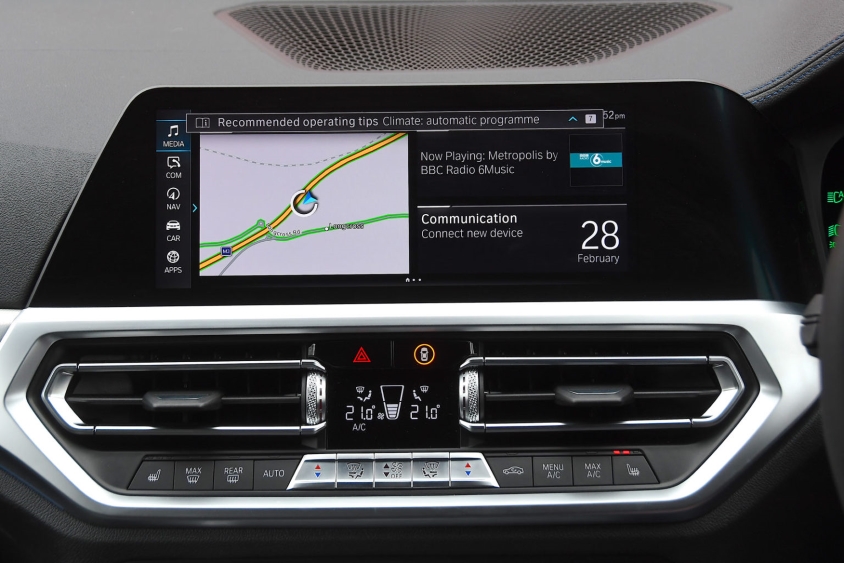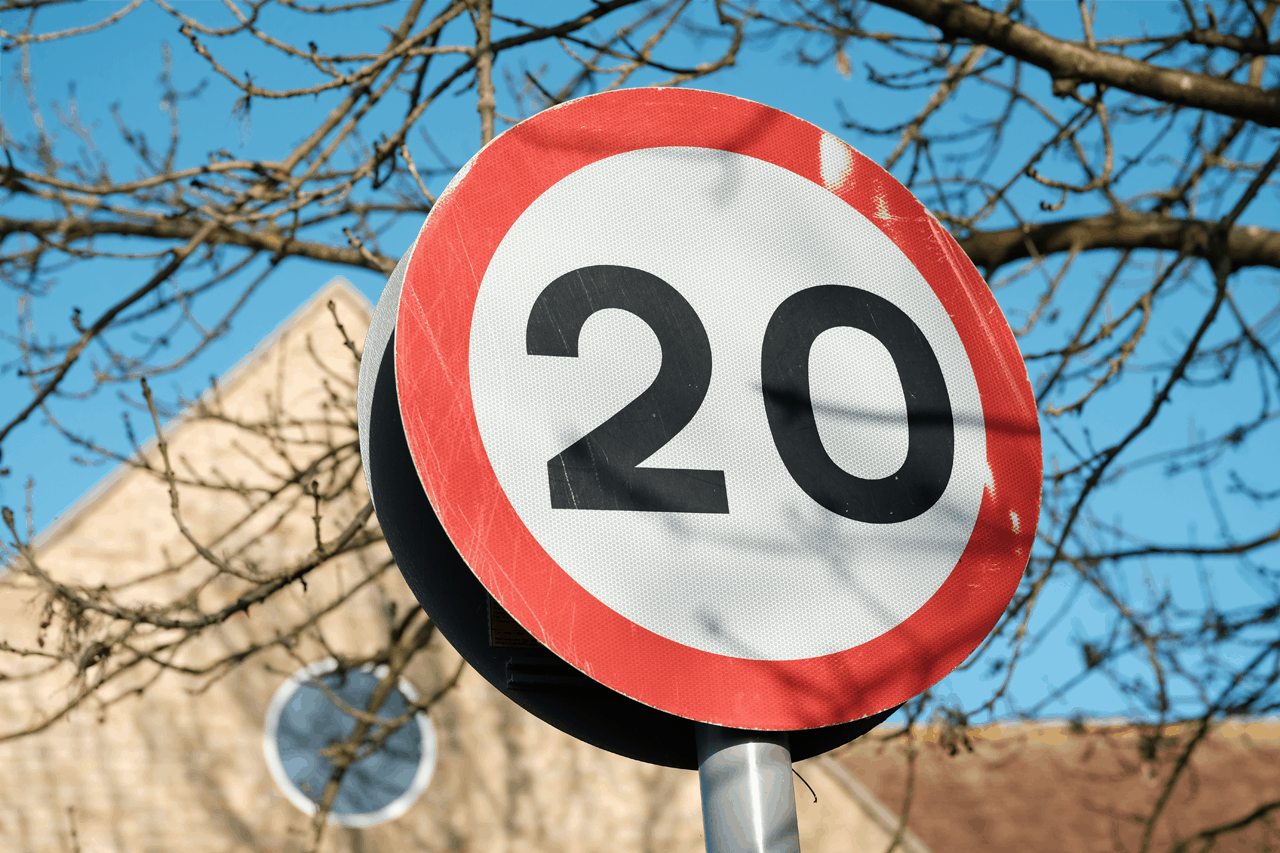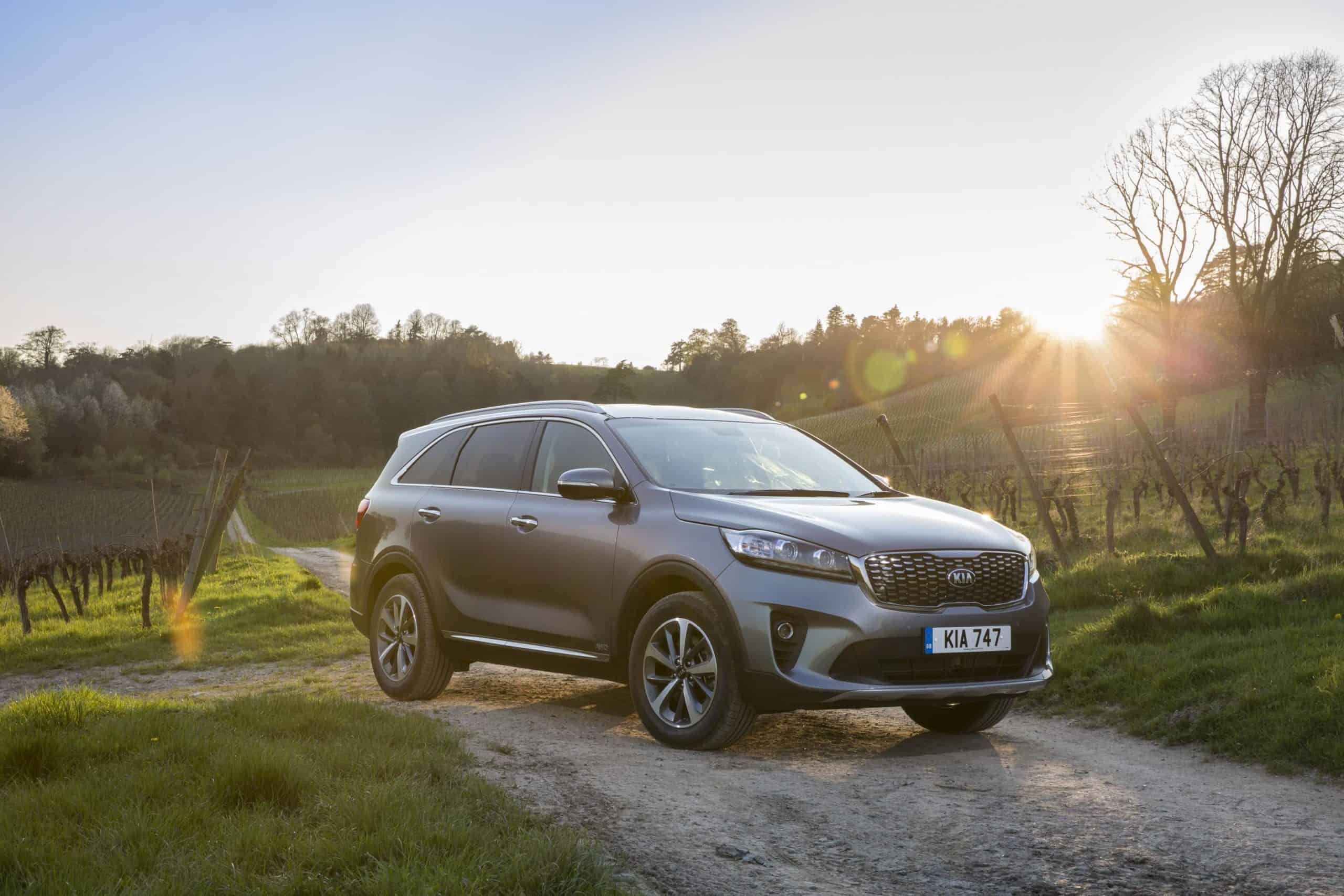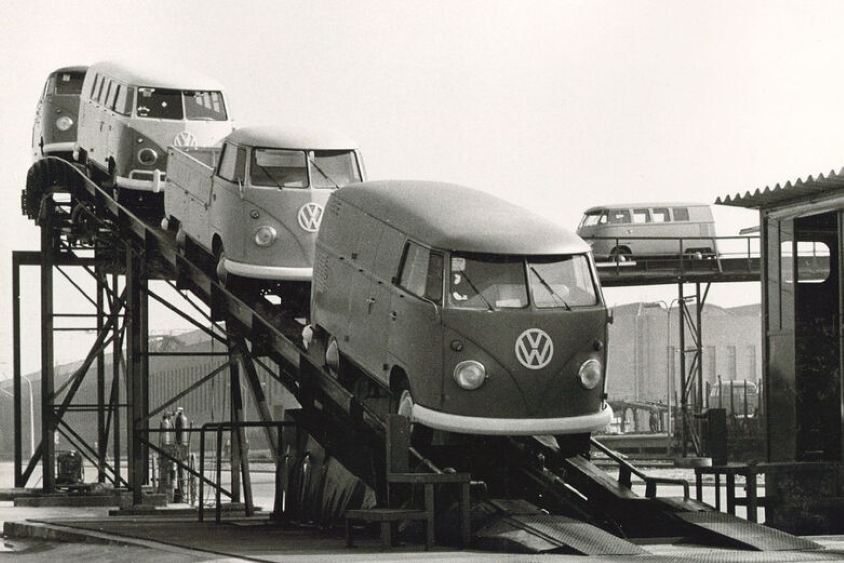With much of the high street closed since March, personal care appointments have also fallen by the wayside – and that includes trips to the optician.
However, GEM Motoring Assist has urged drivers not to let this be an excuse for getting behind the wheel with deteriorated eyesight if they feel their vision has altered for the worse.
Strained eyes? Don’t drive
The road safety organisation said anyone with even minor concerns about their eyesight needs to ‘do the responsible thing’ and avoid driving.
“Please don’t put yourself and others at risk. Instead wait to have a proper eyesight test before you get behind the wheel,” advised GEM road safety officer Neil Worth.
The comments come after the furore last week surrounding the prime minister’s aide Dominic Cummings, who sparked outrage when he admitted he had driven 26 miles to a local landmark in order to check his vision upon recovering from apparent COVID-19 symptoms.
It prompted a host of motoring groups to speak out and urge other drivers not to undertake journeys of any length as a way of ensuring accurate eyesight.
According to GEM Motoring Assist, poor vision is linked to more than 3,000 serious road accidents each year. It has long been campaigning for a stricter eye test for drivers than the current one brought in back in 1937.
This only requires motorists to read a number plate at 20 metres and does not test peripheral vision, depth perception or focus.
Tom Cosway, brand representative at Fuel Card Services, comments: “None of us have had our eyes tested recently and while the majority will still be within the recommended two-year timeframe, others may not. We would implore those people and anyone who has noticed a decline in acuity during lockdown not to drive.”





